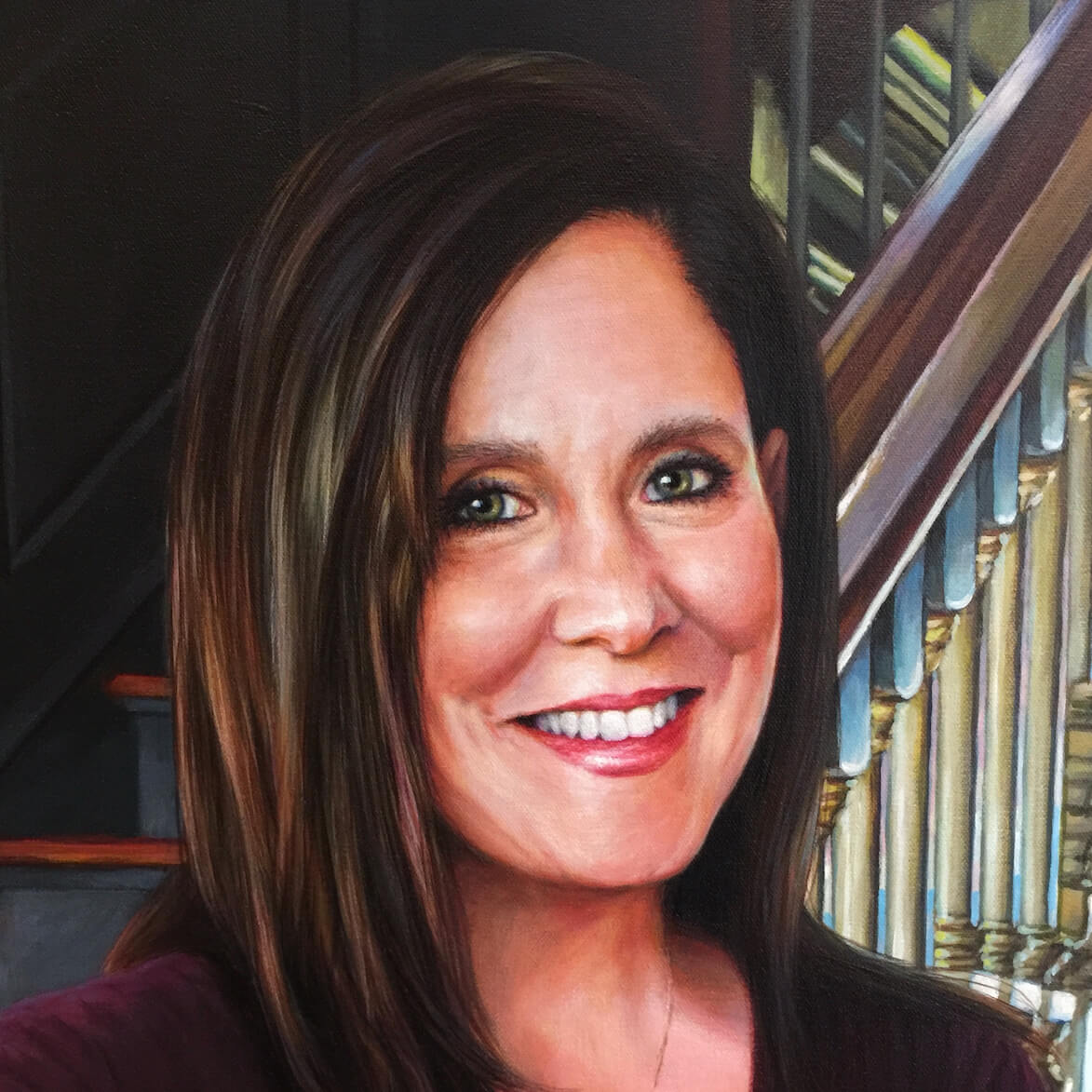In my experience, a teacher’s biggest concern about SOLE is that they don’t understand their part of it. And it’s true: SOLEs are very student-driven, and teachers often take a step back. Several times when teachers watched me facilitate a SOLE in my own classroom, they asked: “But…what do you do?” In my classroom, where the expectations for SOLE were laid out and students were very used to the process, there were long stretches of time where I was walking around and appeared to do nothing. This is intentional! In reality, I was taking a step back–monitoring, but letting students succeed without me. However, there’s a huge difference between “taking a step back” and “leaving the school and driving home.” A SOLE can’t function without a teacher– the teacher might just be in a little different role than normal.
Students are still students and need guidance. That begins with your big question. Your big question can be generated by students, but obviously, they are vetted by teachers so that the question aligns with what you’re trying to teach at that time. Choosing or writing a question is an art form–finding one that is both interesting and relevant can be a challenge! If you’re struggling, be sure to check out the question bank at www.startsole.org or on the StartSOLE app.
Picking a question is just the start. The biggest role a teacher plays is of a facilitator, rather than a leader, of the classroom. Students will have disagreements. Students will struggle. They’ll get frustrated and shut down–they’re kids after all! They need a teacher to help them through this. It’s also not going to be the same level of teacher involvement in every classroom– a Kindergarten classroom brand new to SOLE will have a much more involved teacher than a senior classroom that’s been doing it every week for three years. Some classrooms will have a lot of structure in their SOLEs, including group agreements and note sheets–some won’t. It’s down to you as the teacher to decide how to run it.
In addition, SOLE allows for some instant differentiation. One group really has a handle on it? Let them be! But if another is really struggling, obviously a teacher isn’t going to simply let them flounder– that’s the time to step in and help. Students leading their learning doesn’t mean they’re in it alone; while SOLE encourages students to direct themselves, that’s with the support of the teacher, not the absence of one.
It can be difficult to move into this environment– SOLEs are often a little louder than traditional methods, a little more chaotic. Becoming comfortable with that is hard. Feeling like your role as a teacher is different is hard. But then you realize the noise isn’t students being off-task, it’s their excitement bubbling over. And you see the research they find. And you see the growth they make. And suddenly, your new role as a teacher isn’t a problem, it’s a challenge– one that’s well worth it for the change in your students and your classroom. But none of it can happen without a teacher guiding and helping them along the way. So when people ask “well, what do teachers even do in a SOLE?”, my only answer is that teachers are the ones making SOLEs possible. Without them, it’s just students gathered around a computer.



